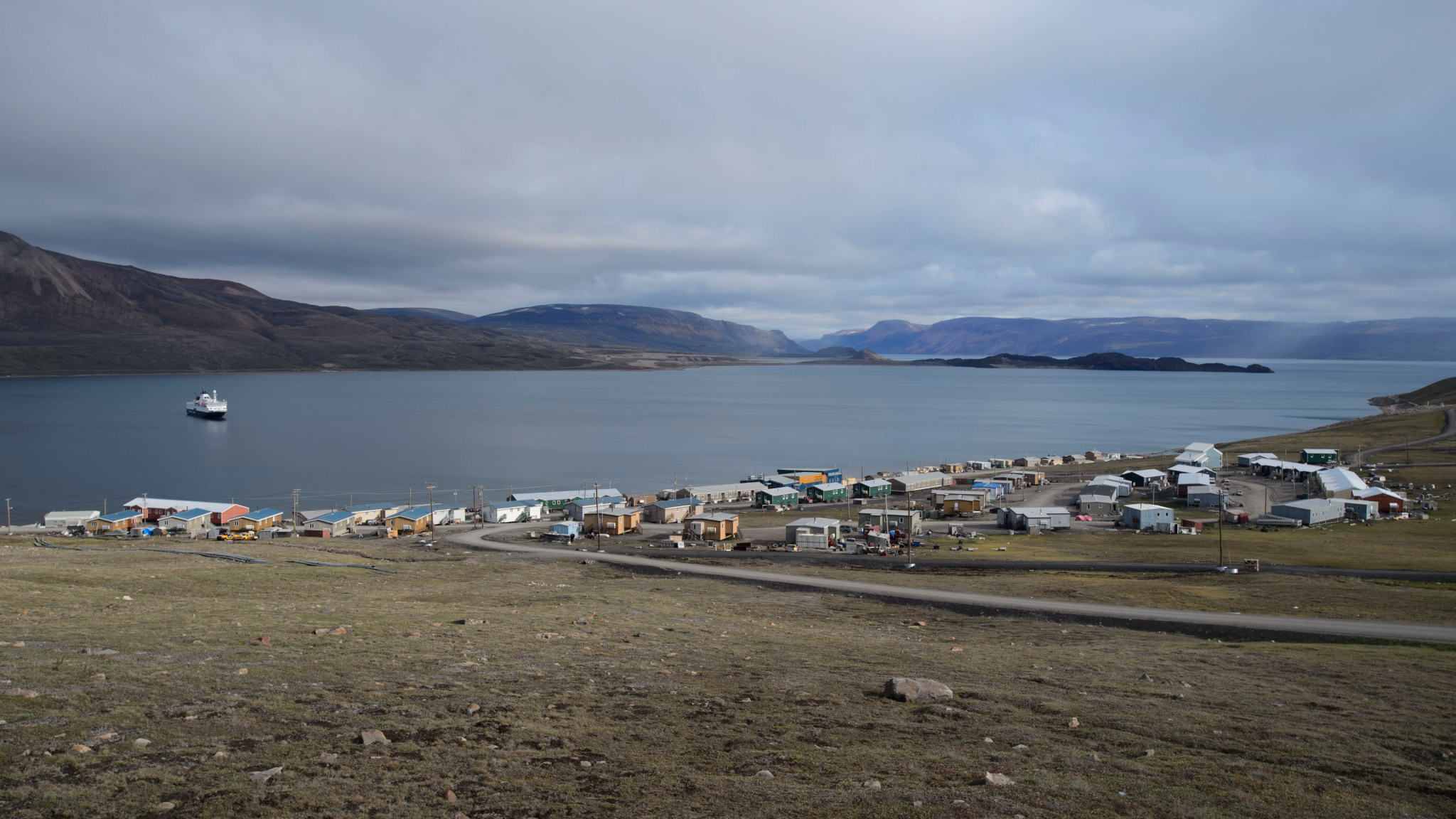Supporting Arctic Issues

In 2019, Canada committed $700 million under the Arctic Strategy: a policy framework to support Yukon, NWT and Nunavut, Northern Quebec and Northern Labrador on the range of issues from global warming, shipping, community wellness, infrastructure development. This policy also supports and helps drive other Paris Accord/Action Plan on Climate commitments that are funded by Environment and Climate Change Canada, NRCan and other departments. The Arctic Strategy is led by Crown-Indigenous Relations and Northern Affairs Canada, as the lead federal department for Northern administration.
The Canadian North is warming at about 3 times the global average rate, which is affecting the land, biodiversity, cultures and traditions. At the same time, climate change and technology are making the Arctic more accessible.
The region has become an important crossroad where issues of climate change, international trade and global security meet. As melting sea ice opens shipping routes, it is also putting the rich wealth of northern natural resources within reach. Increased commercial and tourism interests also bring increased safety and security challenges that include search and rescue and human-created disasters.

By working in partnerships, the federal government will work with municipal government, territorial government and Inuit organizations and community groups, to fund priority projects and initiatives to address the implications of climate change for individuals, communities, businesses and governments alike, and ensure a more sustainable future for northerners.
Under this framework and action on climate change, the federal government is advancing on some strong and bold directions, which will help drive systems change in how energy options and opportunities develop for Nunavut ~ but are we ready to shift yet, or will we be left in the cold?
More fuel for thought!
Action on All Fronts - Daily Media Scan
Whenever we open up our computer, phone or newspaper, there are many areas where climate action is happening. Federal governments are moving forward on commitments in the Climate Action Plan; funding is flowing to provincial/territorial governments such as the Climate Action Secretariat and other departments; renewable projects and clean energy installations are being tried and tested; and training, employment and business opportunities exist for Northerners to be part of the change and support adaptation. With all of this happening, you just need to know where to look!
Media aggregators are a very good source to see the range of information by category. One good aggregator is Eye on the Arctic, organized by topic and region. For a snapshot of recent issues, check out the following! And note - they might be on the Quiz #1.
Heavy Fuel Oil Shipping Ban (February 2020)
Heavy fuel oil describes the dense, viscous, low-cost fuels that are still mainly used in international shipping. In Canada, it’s the main fuel used in ships that resupply the country’s Arctic fly-in communities, as well as in bulk carriers. Transport Canada describes the fuel as slower to evaporate than other fuels, which makes it more prone to getting trapped in ice, making recovery a challenge.
The topic of the heavy fuel oil ban was a complex issue in Canada, a country where there are both huge concerns around protecting the fragile Arctic eco-system, especially in a region with very little infrastructure and response capabilities. However, there are also fears on how a ban could drive up prices in the North where food and equipment costs are already several times higher than in the southern parts of the country. At the same time, where the median income in the Arctic can be more than 50 per cent lower in some places compared to southern Canada.

A New Power Plant in Arctic Bay (March 2020)
Arctic Bay is getting a new power plant. Qulliq Energy Corporation says the new plant, which will be built 1.2 kilometres outside of the community, will generate much less noise and air pollution. It’s expected to have a life cycle of 40 years and be capable of integrating renewable energy sources. In its application, the corporation said it could not expand the capacity of the current power plant because of a lack of space and poor infrastructure conditions. It also cited safety concerns and the need to comply with environmental regulations.
It is estimated completion of the project will cost about $32 million, but the corporation expects 75 per cent of expenses will be funded by the Arctic Energy Fund Program.
The energy corporation anticipates construction of the plant will take place from 2020 to 2023.

Expanding Inuit Business Opportunities Circumpolar (February 2020)
With the rise of federal support, international Inuit circumpolar collaboration and agreements, it's only natural and strategic that Inuit-owned businesses would look to their neighbours in the North, for business collaborative opportunities. While an IIBA is best known as the Inuit Impact Benefit Agreement, which often comes with employment and business rights of first refusal and opportunities for development, IIBA now also has a new meaning.
In March 2020, the Inuit International Business Association has been established to support circumpolar international business opportunities and strength in the Arctic. Stemming from the Inuit Circumpolar Council Economic Summit in Anchorage, Alaska in 2017, the organization is now getting legs to provide Inuit-owned businesses a platform for some serious economic development. Want to learn more? Check it out!

Copyright © All Rights Reserved

